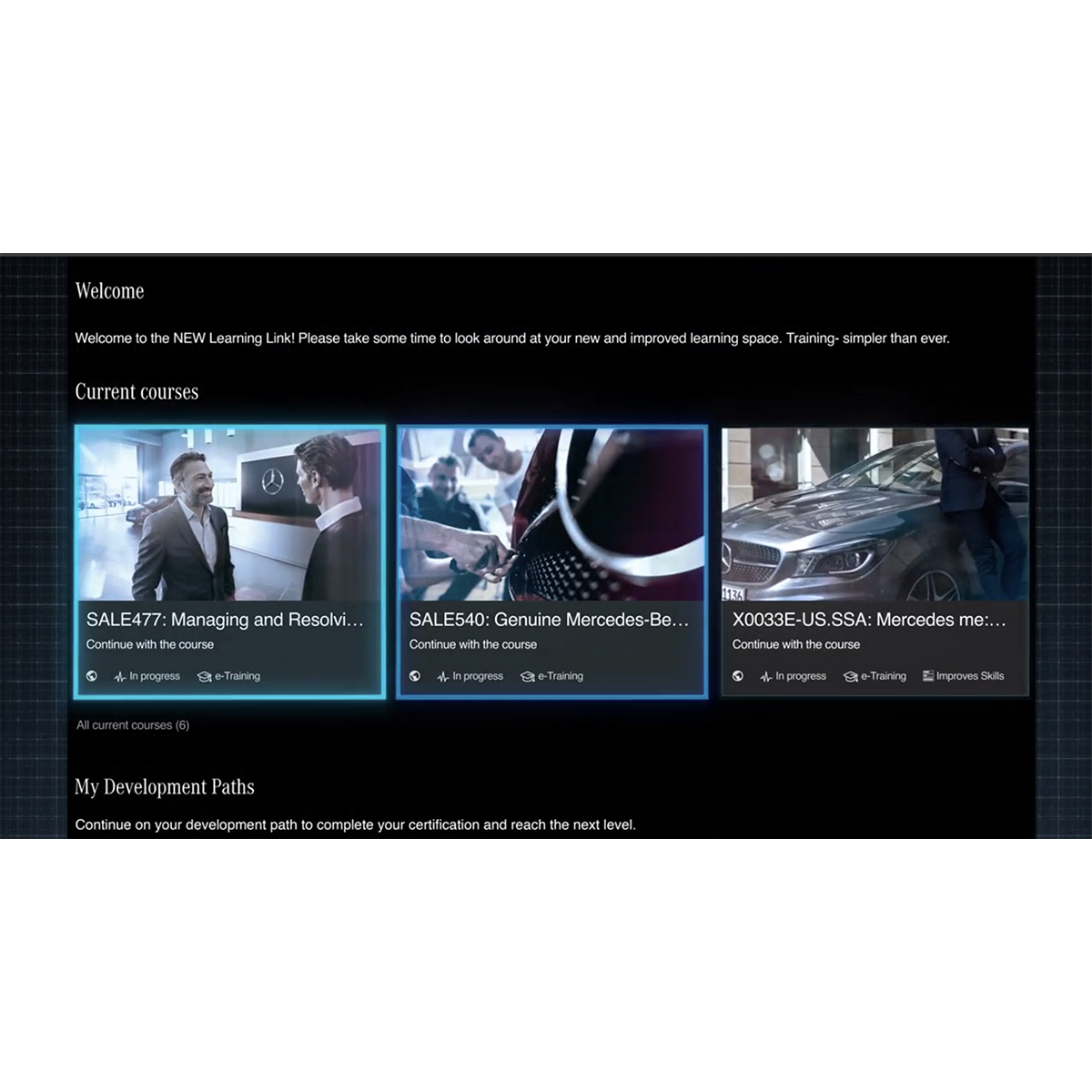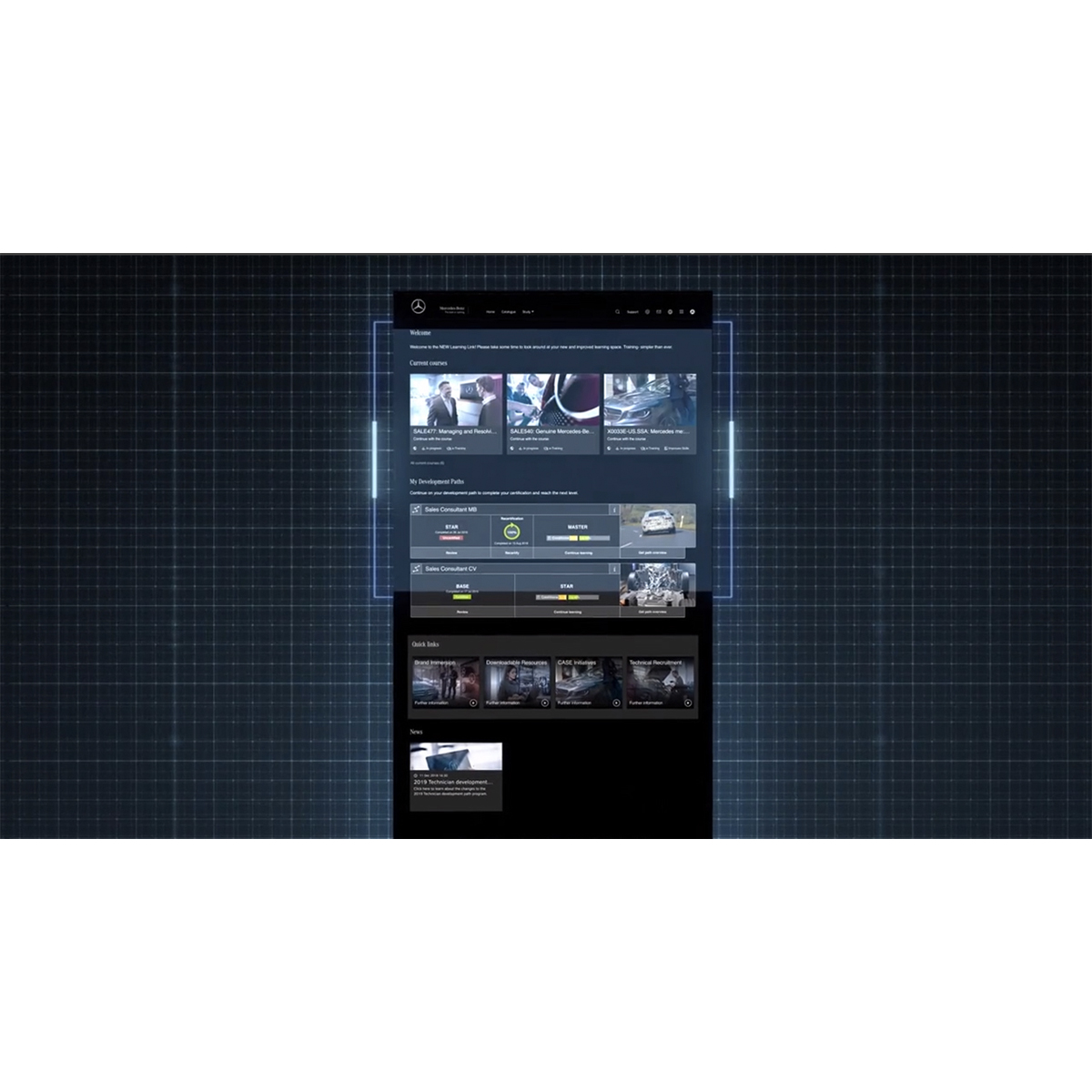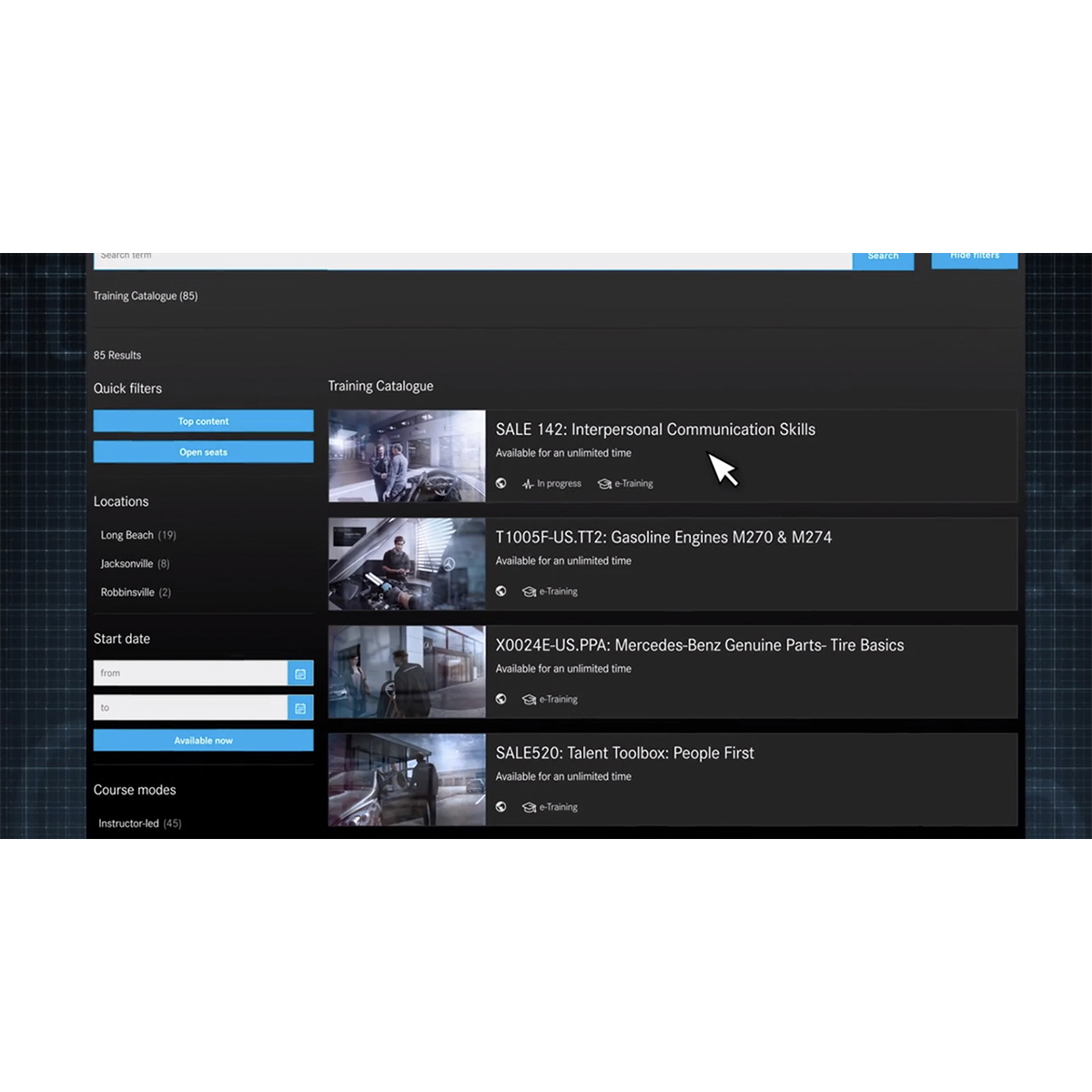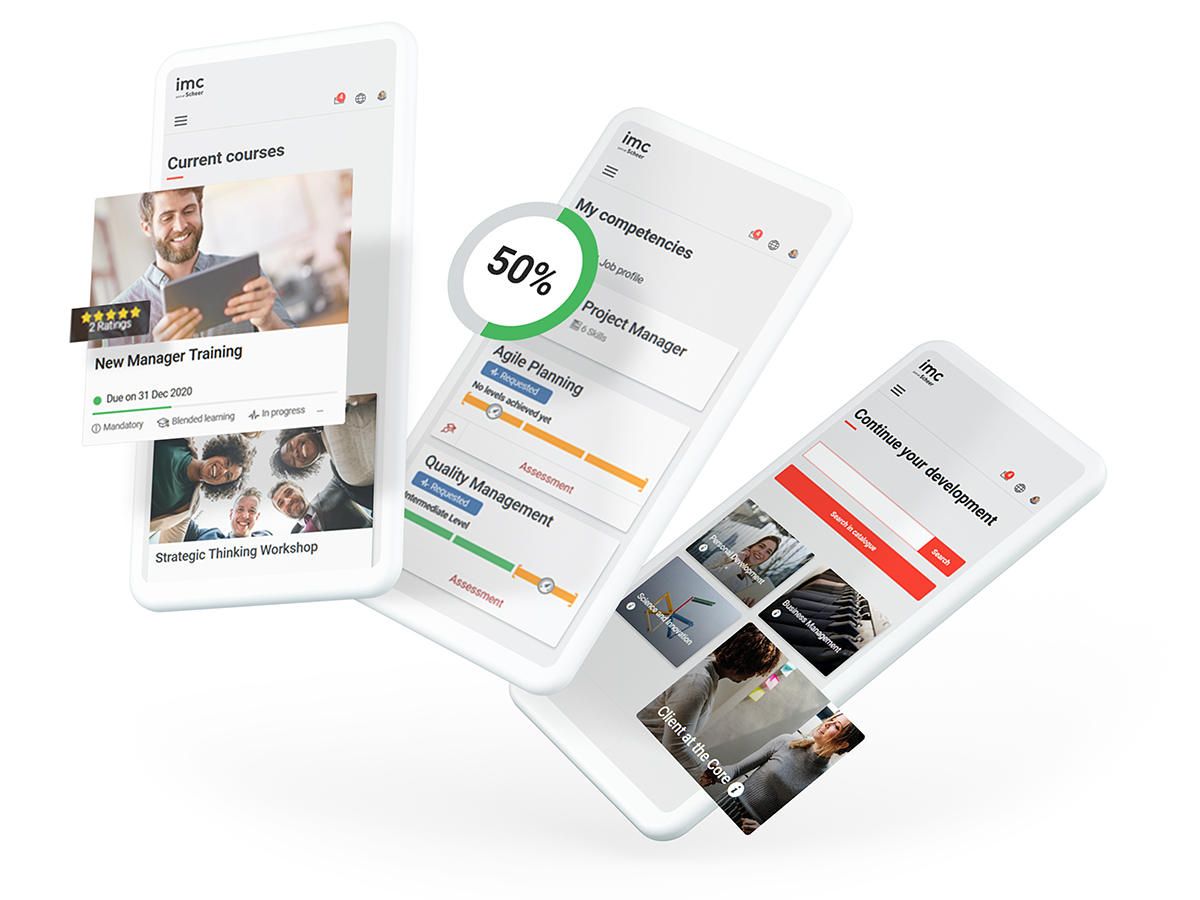
Implementing a New Learning Platform: First Impressions Count!
Communication, pro-active employee motivation strategies and quality content as the keys to successful implementation of enterprise learning management
“Not another new system!” “But we’ve tried this before”. Eye-rolling. These are just some of the sadly all too common employee reactions companies encounter when they announce the implementation of a new IT system.
Enterprise learning management and learning management systems (LMS) are not immune to this. But many of the pitfalls can be avoided through careful planning – and careful communication planning in particular.

“It seems ‘learning management system’ is a dirty word at our organisation.” This sobering statement was uttered recently by a client who was looking to implement a new LMS. Hardly the stuff of motivation. The client knew even before the project began that it would have to revisit an ugly legacy.
So, what had happened here? It turned out that something had gone badly wrong with the implementation of the client’s old learning platform. And they wanted to undo the damage by implementing a new one. Unfortunately, the whole idea of learning and professional development using an LMS had by then created such ill-feeling throughout the company that the new project manager knew he had an uphill battle on his hands.
Red flags: Common pitfalls when implementing an LMS
Exactly what had gone wrong in this particular case is a story for another day. But generally speaking, there are several reasons why the implementation of a learning platform might fail.
The most common of these boil down to poor communication and insufficient thought given to the target audience. The good news is that many of these pitfalls can be avoided. This is particularly important in the case of an LMS migration.

Lack of early engagement with stakeholders
If you involve your key stakeholders too late or not at all, then resistance is a virtual certainty. It’s important to get everyone on board. Top level management, team leaders, the works council, HR, internal IT and, most importantly, rank and file employees. All of these groups need to be factored into the decision-making and planning process and informed early on.

Inadequate communication: “Why do we even need an LMS?”
Why do I need it, and what’s expected of me? If the project team can’t provide satisfactory answers to these fundamental questions from employees, they shouldn’t be surprised if the uptake is less than enthusiastic. The benefits and objectives of the learning management system need to be made clear and transparent to everyone.
And, as we know from communication and marketing, it takes multiple touchpoints to truly get the message across. A single email announcing “We have a new LMS” isn’t going to cut it. Instead, you need to reach out to your staff on multiple occasions and actively draw them into the new system.

Cluttered and unappealing design
Here too, first impressions are everything. The LMS must align with the company’s corporate identity. It doesn’t hurt for it to look modern and engaging either. The Daimler Academy is a good example of this done well.
Having a clearly structured user interface and design in keeping with the company’s CI will do wonders for employee acceptance. An unclear navigation system, on the other hand, will quickly result in confusion and frustration.









Not enough content in the LMS – or none at all
Imagine this: The company has done the big communication campaign. It has trumpeted the new system far and wide. And finally, the moment has arrived, and it’s ready to use. The employees log in, encounter a fancy UI design, do the first training module, and then – nothing. A dead end. There’s just the one training module, nothing else.
It may sound obvious, but a learning platform without learning content is not an awful lot of use to employees. An LMS needs to have a decent range of high-quality, employee-relevant content right from the word go. If it doesn’t, it will soon be dismissed as irrelevant and will not be used effectively.

Not another password to remember! And what’s my user ID anyway?!
Nobody likes complicated logins! Ideally, the LMS should be integrated with existing IT systems via single sign-on (SSO) authentication. Complicated login processes create further barriers to use.
Lack of employee enablement and motivation
When it comes to a new LMS, you need to take your employees with you and actively motivate them to use it. That involves more than merely telling them why they should use the system. They also need to know what they’re allowed to do with it and what sort of learning times are involved. And, of course, they need to be shown how the system works.
Failure to provide sufficient resources and user guidance can lead to uncertainty and low acceptance. But the real key is to go beyond mere enablement and actually make employees want to use the system. The aim is to make them feel motivated so that they enjoy using it and look forward to new content.
One way of doing that is to use quizzes about the company. Or little giveaways with QR codes that lead directly to the learning platform.
But what does this look like in practice?
The best approach to enterprise learning management is always to avoid the pitfalls before they happen. And that means thorough planning and preparation and putting together a detailed communication and action plan. So, what does this look like? We’ll be presenting a customer case study by way of best practice example in our next article.

Diary of an LMS
If an LMS wrote a diary - what would it say?
We thought about that and share some tips for LMS professionals, told a little differently...

Informal learning: Everyday hero of work
“Formal learning is like riding a bus. Informal learning is more like cycling.” We explain what this means and share some key facts and recomemndations

More about our LMS
If you would like to learn more about imc's Learning Management, check here for more information.
